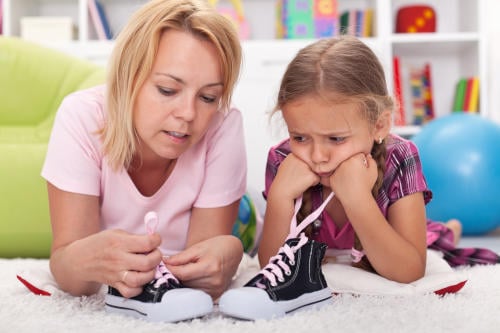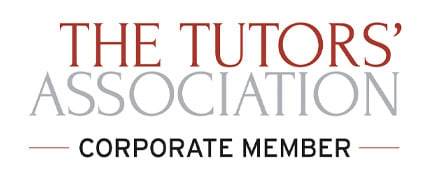In some ways, dyspraxia is the ‘poor relation’ of special needs. Not everyone has heard of it and those that have might be unsure about what it is and how it affects people. According to Dr Sally Payne, an occupational therapist, and Vice Chair of the charity The Dyspraxia Foundation, this is partly because it was only identified as a separate condition in the 1980s.
“You could say dyspraxia is a hidden disability as there’s less awareness and understanding of it compared to other neurodiversities,” she comments. “Even so, it affects five per cent of school-aged children.
“Movement difficulties are the main problem for dyspraxic people – dyspraxia is also known as ‘developmental coordination disorder’” she continues. “Everyone has a unique profile of difficulties but in general, it impacts gross motor skills – large muscles – which can affect things like balance, kicking a ball and walking through a doorway without banging into it. Dyspraxia (DCD) also affects fine motor skills so things like using a pen, eating, and drinking or using scissors can be challenging.”
Dyspraxia/DCD Can Come With Additional Challenges

The condition can sometimes affect a person’s executive function – the ability to organise and plan – their speech or social skills, Sally points out. In addition, there is a large overlap with other neurological conditions, she says, with fifty per cent of dyspraxic people also having, for example, autism, ADHD or dyslexia. This may also add to the confusion among the general public about the definition of dyspraxia.
The good news is that young people with dyspraxia can definitely improve their movement, coordination and strength, in both fine and gross motor skills, in the same way that any child learns to, say, use a knife and fork, catch a ball or tie their shoelaces.
“But the reality is that they will always have to work much harder to acquire these skills,” Sally cautions, “and it will also take a lot of cognitive effort to do so.”
Find Physical Activities that the Person Enjoys

Motivation is key when it comes to improving physical abilities of all kinds, she emphasises, and families can help by encouraging a child to take part in an activity they enjoy. Many dyspraxic youngsters, she points out, find team sports overwhelming as these require a person to monitor what others are doing and integrate their actions into the ‘bigger picture’ as well as managing their own performance. Pastimes such as archery, cycling, rowing and martial arts, which allow people to perform as an individual, often suit dyspraxic kids better, she advises.
When it comes to everyday tasks, parents can adopt a similar approach, Sally suggests. “Chose something that matters to the child – maybe learning to dress themselves – and give them opportunities to practise. You also need to think about where and when the activity usually takes place as a dyspraxic person’s performance will be affected by lots of other things. For example, they may be able to complete a written task in a quiet room but turning up late to a busy classroom and sitting in an uncomfortable chair, they can’t manage it.
“In a similar way, trying to get dressed in the morning before school when everyone is rushing around and the TV’s on, might be overwhelming,” she carries on. “Would it be better for the child to get dressed in the bathroom where it’s quieter? How can you take the pressure off?”
Physical Achievements have a Wide-Reaching Effect

Sally suspects that for some young people with dyspraxia, improving their physical skills has a knock-on effect in other areas of their life. “Trying different activities and meeting new people can improve someone’s social confidence, for example,” she says. “I remember one older, dyspraxic woman I worked with who loved cycling and had worked very hard to master it. When she had to stop doing it for a while following an accident, she said she felt dysregulated.”
She also maintains that it’s essential that families educate their child about their difficulties. “Don’t be afraid to use the word ‘dyspraxic’, even with young kids,” she urges. “I’ve come across teenagers who had no idea they had dyspraxia until they overheard a teacher talking about it. It was a relief to them to know why they’d always struggled but on the other hand, they had to integrate this new knowledge into their sense of identity which can be very difficult for an adolescent.”
Parents can also help themselves, Sally adds, by joining local support groups, in-person or online. The Dyspraxia Foundation has information on their website.




